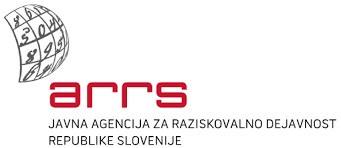
Despite fossil fuels still being the leading energy source in the world, there is a trend towards the utilization of solar light. One of the ways to transform sunlight into energy is by chemical reduction of CO2 into energy-rich hydrocarbons via photocatalysts. To do this effectively, the photocatalysts have to be carefully tailored in various ways. Development of heterostructured materials is a promising way to utilize the advantages of different materials at once.
TiO2 as the base photocatalyst is an excellent choice due to its high activity, chemical stability and wide availability. To mitigate some of its drawbacks, such as a wide band gap, poor adsorption of CO2 on the surface of TiO2 particles, high recombination rate and non-selectivity, we propose to use CeO2 and Cu as cocatalysts. CeO2 is able to absorb light well into the visible light spectrum and can adsorb CO2 much better than TiO2 due to its basic and/or acidic surface properties. Cu nanoparticles are selective towards methanol production, exhibit surface plasmon resonance (SPR) effect and act as electron sinks, thus reducing the recombination rate. By using TiO2 as base photocatalyst and CeO2 and Cu as cocatalysts, we intend to make a TiO2-CeO2-Cu heterostructures that will be capable of CO2 reduction at a higher rate than other materials. The properties of heterostructured materials have to be carefully controlled and variables such as particle size, particle size distribution, loading of cocatalysts, position of cocatalysts and cocatalyst influence on electronic structure will be observed.
The advancements of knowledge in understanding the processes during photocatalysis as well as in synthetic routes is crucial for the implementation of photocatalysts as means of solar energy harvesting and their storage in highly energetic hydrocarbons.
The use of novel materials as alternative source of fuel offers a way of utilizing solar energy in any energetic systems.

